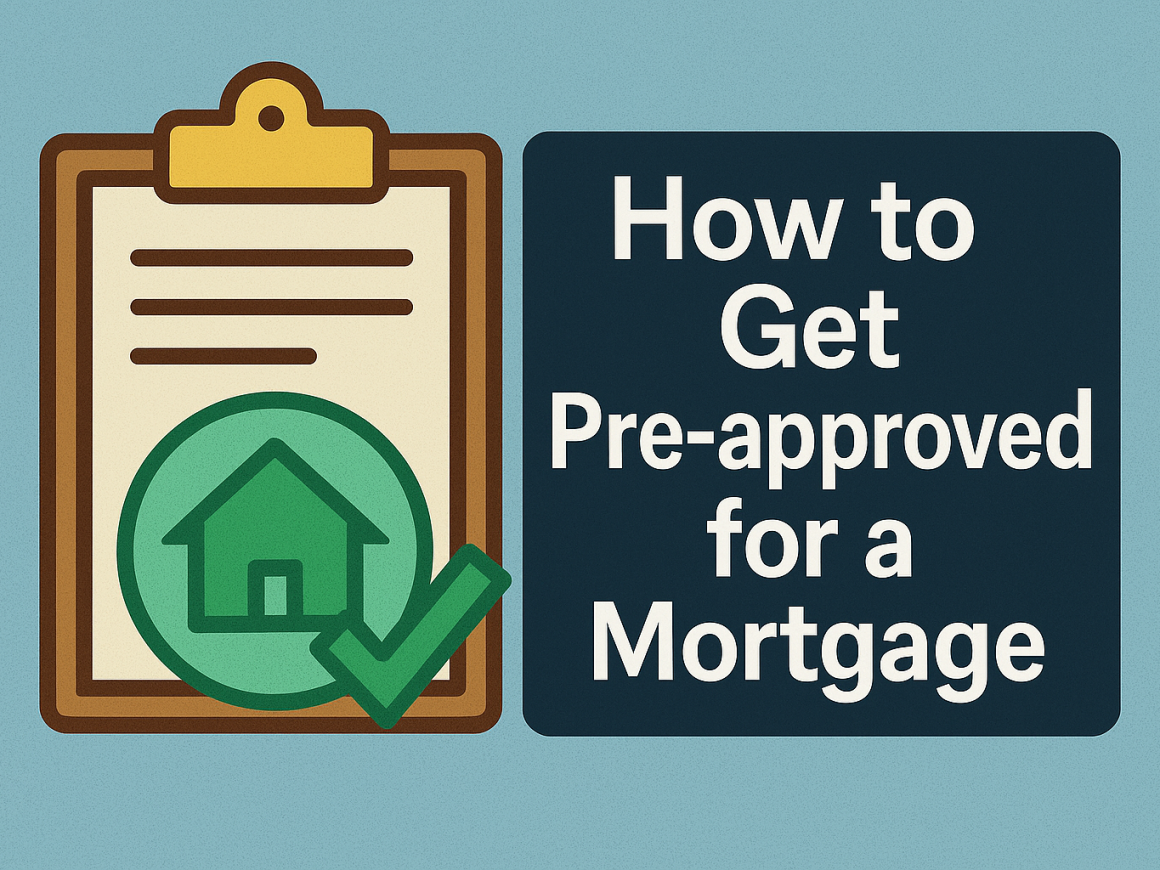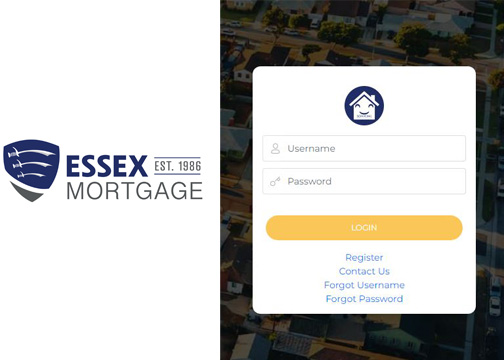Pre-approved mortgage is the period of time between first prequalification and mortgage application. Generally, it indicates the maximum amount a lender is ready to offer you as well as the kinds of loans you are eligible for given your existing circumstances. While prequalification usually doesn’t affect your credit score, being preapproved necessitates a rigorous credit check.

A preapproved mortgage is crucial for real estate buyers as it enhances the value of their purchase offer. Sellers are more likely to sell to buyers who have received loan preapproval than those who do not. It’s important to understand that a mortgage preapproval does not guarantee a loan. However, if you choose to purchase a property, you will still need to get accepted for a mortgage.
How to Get Pre-approved for a Mortgage
To get pre-approved for a mortgage, you must first acquire a loan estimate and have your financial information verified. Let’s go over each stage and what you should expect from the procedure on how to get preapproved for a mortgage.
Obtain a free credit score
Knowing where you stand before contacting a lender might be beneficial. A minimum credit score of 620 is required for mortgage eligibility, as a higher score leads to better rates. Generally, you may get the best mortgage rates if your credit score is 740 or above. Before starting the home-buying process, you should aim to raise your score as much as you can. However, if necessary, you may also concentrate on lenders who specialize in working with customers who have low scores.
Examine your credit report
Get copies of your credit reports, then point out any inaccuracies. Furthermore, before you decide to apply, try to settle any outstanding debts with creditors if you discover any.
Calculate the debt-to-income ratio for yourself
The percentage of your gross monthly income that is used to pay off debt, such as credit card debt, school loans, and auto loans, is known as your debt-to-income ratio, or DTI. You may determine your debt-to-income ratio (DTI) using a debt-to-income calculator by entering your existing debt and potential mortgage amount. Although it occasionally can be higher, lenders like applicants with a DTI of 36% or less, including the potential mortgage payment. You could need to refinance, go on an income-based repayment plan, or pay off your debt more quickly before taking out a mortgage if your monthly payments are unaffordably large.
Compile financial account, income, and personal data
This contains your recent address, Social Security number, and the job information for your co-borrower. Additionally, you’ll need information from your bank and investment accounts along with evidence of income. To mortgage preapproval letter, you will want your pay stubs, W-2 tax form, and 1099s if you have any extra sources of income.
Lenders prefer two years of consistent job experience but, there are certain exceptions. Applicants who are self-employed will probably need to submit two years’ worth of income tax returns. Furthermore, if your down payment originates from a gift or the asset sale, documentation will be necessary to support it.
Speak with many lenders
By comparing offers from several lenders, you may save thousands of dollars over the course of a 30-year mortgage by comparing rates and fees. Preapproval may cause a small (but transient) drop in your credit score because it necessitates a hard investigation. Moreover, you will only be fined once, as each application you submit is related to a single loan, so you won’t be penalized for each lender that gives you preapproval.
When you are ready to start looking for a home, you should think about applying for a preapproved mortgage. Possessing a valid preapproval letter can greatly improve your chances of getting your purchase offer approved.
Benefits of Getting Pre-approved for a Mortgage
Getting preapproved for a mortgage is a must for purchasing a house, regardless of whether the market is one that favors buyers or sellers. Here are some of the benefits of getting pre-approved for a mortgage:
Credibility with sellers
Your preapproval demonstrates to them that you are a serious buyer with a good chance of being approved for financing. It also strengthens the appeal of your offer.
Focused home search
Using your preapproval, you may restrict the homes you look at to those that meet your spending restriction. Therefore, you may save time and steer clear of the disappointment that results from falling in love with a house that is out of your price range.
Lastly, comparing mortgage offers is made simpler when you are preapproved with many lenders. It also provides you with the chance to obtain a cheaper mortgage rate, which might result in thousands of savings over the course of the loan.
Where to Get Pre-approved for a Mortgage
You can get a pre-approved mortgage from mortgage brokers and lenders. Mortgage lenders provide direct loans to borrowers through a range of products from banks, credit unions, trust firms, insurance providers, and mortgage companies, among others. It’s critical to read your mortgage contract’s terms and conditions carefully from the beginning.
Meanwhile, mortgage brokers may not collect fees, but they may organize deals and provide a greater selection of mortgage options. Furthermore, to file a complaint or get a license, mortgage brokers must get in touch with the provinces and territories that oversee them.
What to Consider During the Pre-Approval Process
The highest amount you are eligible for in a mortgage is the preapproval amount. It is not certain that you will be approved for that amount on a mortgage. The value of the property and the size of your down payment will determine the authorized mortgage amount. However, to avoid going over your budget, you may also have a look at homes in a lesser price range.
Keep in mind that you also require money for:
- Relocation expenses
- Closing charges
- Continuous upkeep expenses
What Happens If You Don’t Get Pre-approved for a Mortgage
A lender will decide whether to pre-approve, refuse, or pre-approve with restrictions after evaluating a mortgage application. In order to satisfy the loan requirements, these conditions could ask the borrower to supply more documents or lower their current debt. However, if a borrower is refused, the lender ought to provide an explanation and suggestions on how to increase the chance of pre-approval. A pre-approved mortgage involves a review of a prospective homeowner’s financial situation, and lenders need five things to guarantee loan repayment. To get pre-approved, prospective borrowers fill out a mortgage application and attach supporting papers such as evidence of assets, income verification, a credit report, and employment verification.






